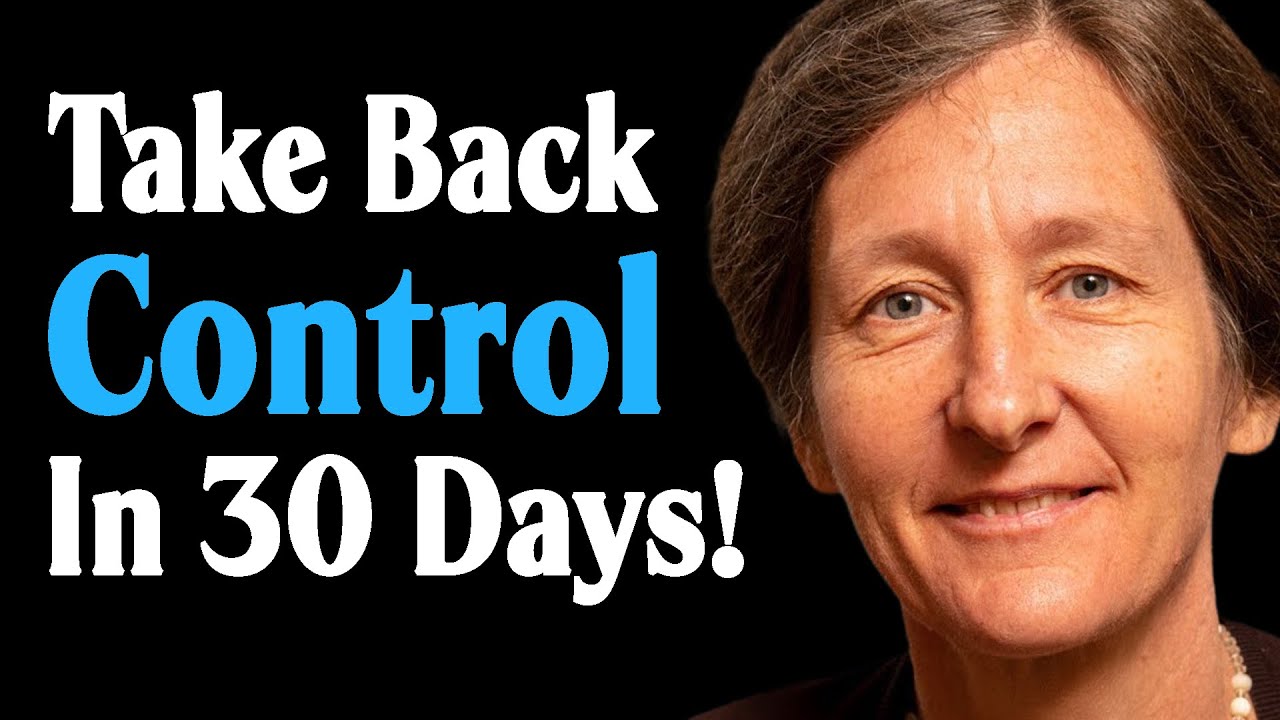How to Maximize Dopamine & Motivation - Andrew Huberman
Summary
TLDRThis video delves into the crucial role dopamine plays in motivation and craving, rather than just reward. Through a series of experiments involving rats and human behaviors, it highlights how dopamine drives us to pursue goals and take action, not just experience pleasure. The discussion also touches on the implications of excessive indulgence in easily accessible pleasures, like social media or food, which reduce motivation. Emphasizing self-regulation and understanding the balance between pain and pleasure, the video suggests that success lies in managing dopamine effectively to foster long-term motivation and personal growth.
Takeaways
- 😀 Dopamine is primarily involved in motivation and craving, not just reward.
- 😀 Rats with depleted dopamine can still experience pleasure but lack the motivation to work for rewards.
- 😀 Excessive indulgence in pleasures (e.g., food, media) can decrease motivation and lead to a cycle of unproductive behavior.
- 😀 Pain and effort (e.g., exercise or cold exposure) can lead to a significant increase in dopamine release, enhancing the sense of reward later.
- 😀 Addiction is characterized by a narrowing of activities that bring pleasure, while a fulfilling life involves expanding those activities.
- 😀 Self-regulation is crucial for long-term happiness and success, as it allows individuals to manage their dopamine-driven behaviors.
- 😀 Awareness of dopamine's role in the brain can help individuals intervene when feeling unmotivated or stuck.
- 😀 The balance between pain and pleasure is essential in understanding motivation and achieving long-term rewards.
- 😀 Dopamine-driven behaviors, when overconsumed, can lead to conditions like addiction or misdiagnosed ADHD.
- 😀 The pursuit of rewards, driven by dopamine, is more important than the reward itself in creating lasting satisfaction.
Q & A
What is the key discovery about dopamine in recent neuroscience?
-Recent neuroscience findings show that dopamine is primarily involved in motivation and craving, rather than just being associated with reward. Dopamine drives us to seek rewards and pursue goals.
How did the rat experiment demonstrate dopamine's role in motivation?
-In the rat experiment, one rat was depleted of dopamine while the other had it. Both rats could enjoy food, but only the rat with dopamine showed the motivation to work for the food by pressing a lever. This showed that dopamine is involved in motivation to pursue rewards, not the enjoyment of the reward itself.
How does dopamine influence human behavior, according to the script?
-In humans, dopamine motivates behavior by driving individuals to pursue rewards. Without sufficient dopamine, people can still experience pleasure but lack the motivation to actively seek or achieve things that bring pleasure.
What is the relationship between dopamine and addiction?
-Addiction is described as a progressive narrowing of the things that bring pleasure. Dopaminergic drugs, such as cocaine or amphetamines, can create a cycle where people crave more of the drug because it provides an intense dopamine release, which no other reward can match.
What role does self-regulation play in achieving long-term success?
-Self-regulation is crucial for success. The ability to control one’s relationship with pleasure, especially in a world with constant dopamine-inducing stimuli (like social media), is vital. People who can manage their dopamine system and pursue rewards through effort and motivation are more likely to succeed.
How can the availability of instant pleasures affect motivation?
-The availability of instant pleasures, such as excessive social media use or junk food, can diminish motivation. People may indulge in these pleasures without effort, leading to a lack of drive to pursue more meaningful, effortful rewards.
What is the difference between dopamine and opioid-like rewards?
-Dopamine is associated with motivation and craving, pushing individuals to seek rewards. Opioid-like rewards, on the other hand, evoke feelings of pleasure and bliss after the reward is received. The problem arises when people excessively indulge in easy pleasures, which are opioid-like in nature, without motivation to pursue anything beyond them.
What does the script say about the balance between pain and pleasure?
-The script suggests that the balance between pain and pleasure is key to long-term well-being. Experiencing pain or friction can amplify the eventual reward, making the pleasure more meaningful. This principle is evident in experiments where pain, like electrical shocks or ice baths, leads to increased dopamine release, which enhances the reward later.
How does modern technology, like social media, impact our dopamine systems?
-Modern technology, particularly social media and apps like TikTok, can overwhelm the brain’s dopamine system. The constant switching of contexts and the rapid consumption of content lead to overstimulation, making it harder to focus or self-regulate, and ultimately decreasing motivation for more sustained goals.
What is the ultimate takeaway about dopamine’s role in motivation and pleasure?
-The ultimate takeaway is that dopamine is not the reward itself, but the driving force behind seeking rewards. The pursuit of goals and the effort involved in obtaining rewards are what make the pleasure more satisfying. A meaningful life comes from expanding the range of things that bring pleasure, especially those achieved through motivation and hard work.
Outlines

此内容仅限付费用户访问。 请升级后访问。
立即升级Mindmap

此内容仅限付费用户访问。 请升级后访问。
立即升级Keywords

此内容仅限付费用户访问。 请升级后访问。
立即升级Highlights

此内容仅限付费用户访问。 请升级后访问。
立即升级Transcripts

此内容仅限付费用户访问。 请升级后访问。
立即升级浏览更多相关视频

Addiction Neuroscience 101

Neuroscientist: This Simple Habit STOPS PROCRASTINATION

How to Reset Your Dopamine (And Change Your Life)

Dopamine Detox: How To Regain Control Of Your Life In 30 Days | Dr. Anna Lembke

Neuroscience - Addiction and the Brain

This morning routine will change your life (science based)
5.0 / 5 (0 votes)
